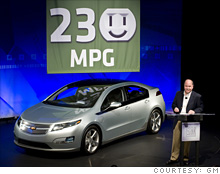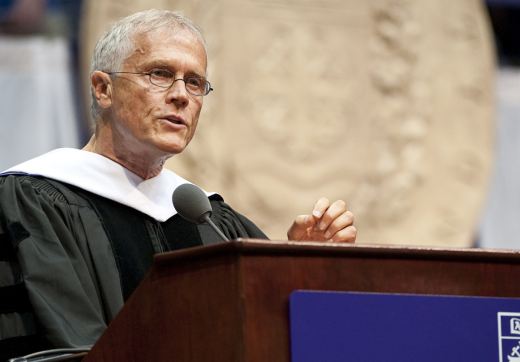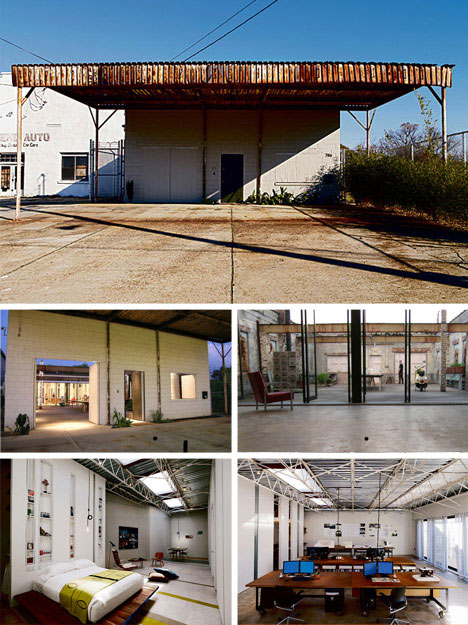Every now and then we at Metro Green (well, actually, "I") become seized with an overwhelming urge to separate (or at least to educate myself enough
to be able to separate) political propaganda from scientific fact. The last time I was so moved was during a hotly contested political campaign involving the uses of Colorado River water supplied by federal contract via the 335-mile-long Central Arizona Project canal to southern Arizona. The side I supported proposed enacting local legislation -
The Water Consumer Protection Act - which would ban the direct delivery of chemically treated Central Arizona Project water to the potable water supply in the Tucson Metropolitan service area.

The Act allowed for numerous other productive uses of this important natural resource - including farming and agriculture, mining and industry, stream-bed and basin recharge - just not for direct delivery to water-users' taps and faucets for drinking.

The various campaigns (1995, 1997, 1999) in which I was involved and in which I played an important advocacy role were waged at ever-higher emotional pitches (as the carte blanche formerly enjoyed by the real estate development and business community began to evaporate and as its members felt more and more threatened) and by the time the issue was more or less settled about $1.5M had been spent by interests on both sides of the questions.
The goal - to once and for all settle the issue of surface water use in a region blessed with one of the largest and purest fresh-water aquifers in the world - was not achieved easily nor without lots of hard feelings on both sides; there were lots of political and bureaucratic casualties and - despite having essentially duked it out three different times - the subject to many remains as raw and unpleasant today as it was when the first experiment with direct delivery went horribly wrong in the Tucson service area back in 1992. (For some background, see
here.)
We who have lived here all our lives can do little but resign ourselves to the axiomatic wisdom that in the desert, "Whiskey's fer drinkin' and water's fer fightin.'"
This is a somewhat long introduction to the topic at hand: With all this chatter about carbon pollution and the consequences of unchecked carbon emissions and minimizing carbon footprints, etc., etc., what scientific data is available about carbon to the average blogger-type person and can anything useful be learned from it?
I don't know much (e.g. "zero") about the Carbon Dioxide Information Analysis Center (CDIAC) but I did find their web page entitled
"Frequently Asked Global Change Questions" quite instructive. It includes question such as:
Q. What percentage of the CO2 in the atmosphere has been produced by human beings through the burning of fossil fuels?
Q. Why is the sum of all national and regional CO2 emission estimates less than the global totals?
Q. What is the greenhouse effect? Is it the same as the ozone hole issue?
Q. Is it possible to reduce CO2 emissions without cutting back on the burning of fossil fuels? In other words, can higher efficiency or better technology reduce the impact of the consumption of fossil fuels?
And the question I was particularly interested in:Q. Is it possible to separate the carbon and oxygen from CO2 as is possible with other molecules?
So, if at this point you find yourself inclined to do more of your own research, this is not a bad place to start. My questions have simply led to more questions which is, to me, the ideal nature of any intellectual inquiry.
Next, what about real scientists who dispute AGW (Anthropogenic Global Warming)? Is it possible that the globe is warming (in cycle with phases of cooling - as it has for all of recorded geologic time) and it has absolutely nothing to do with what mankind does or doesn't do, burns or doesn't burn, drives or doesn't drive, etc?
Is that possible? Let's ask Australian geologist and best-selling author (
Heaven and Earth - Global Warming, The Missing Science)
Ian Plimer.

Here are a couple of
interviews with Plimer which I found arresting to the point of feeling compelled to wrestle these science questions to the mat prior to proceeding with the good fight.

Particularly the following of Plimer's assertions, quoted from a piece by
James Delingpole writing for spectator.co.uk:
"‘The hypothesis that human activity can create global warming is extraordinary because it is contrary to validated knowledge from solar physics, astronomy, history, archaeology and geology,’ says Plimer, and while his thesis is not new, you’re unlikely to have heard it expressed with quite such vigour, certitude or wide-ranging scientific authority. Where fellow sceptics like Bjorn Lomborg or Lord Lawson of Blaby are prepared cautiously to endorse the International Panel on Climate Change’s (IPCC) more modest predictions, Plimer will cede no ground whatsoever. Anthropogenic global warming (AGW) theory, he argues, is the biggest, most dangerous and ruinously expensive con trick in history."
Obviously, I'm still exploring. And I will continue the exploration. After all, what's the use of advocating a major political sea-change if your position won't stand up to some good, old-fashioned, hard-nosed scientific scrutiny?



 About 40 years ago I wore a button that said, "Why haven't we seen a photograph of the whole Earth yet?" Then we finally saw the pictures. What did it do for us?
About 40 years ago I wore a button that said, "Why haven't we seen a photograph of the whole Earth yet?" Then we finally saw the pictures. What did it do for us?




























